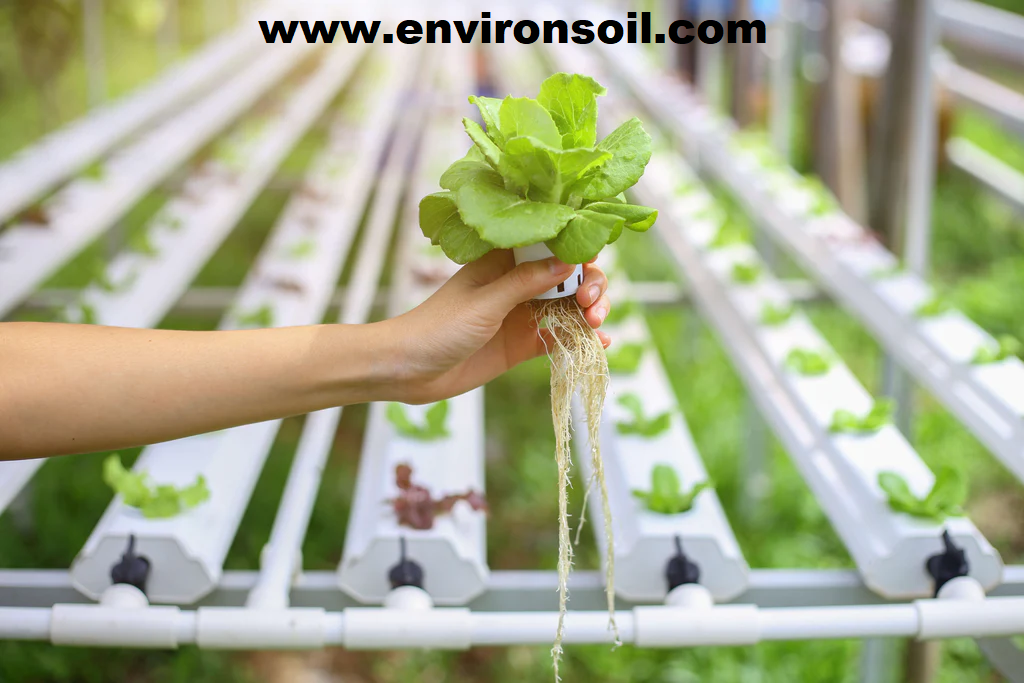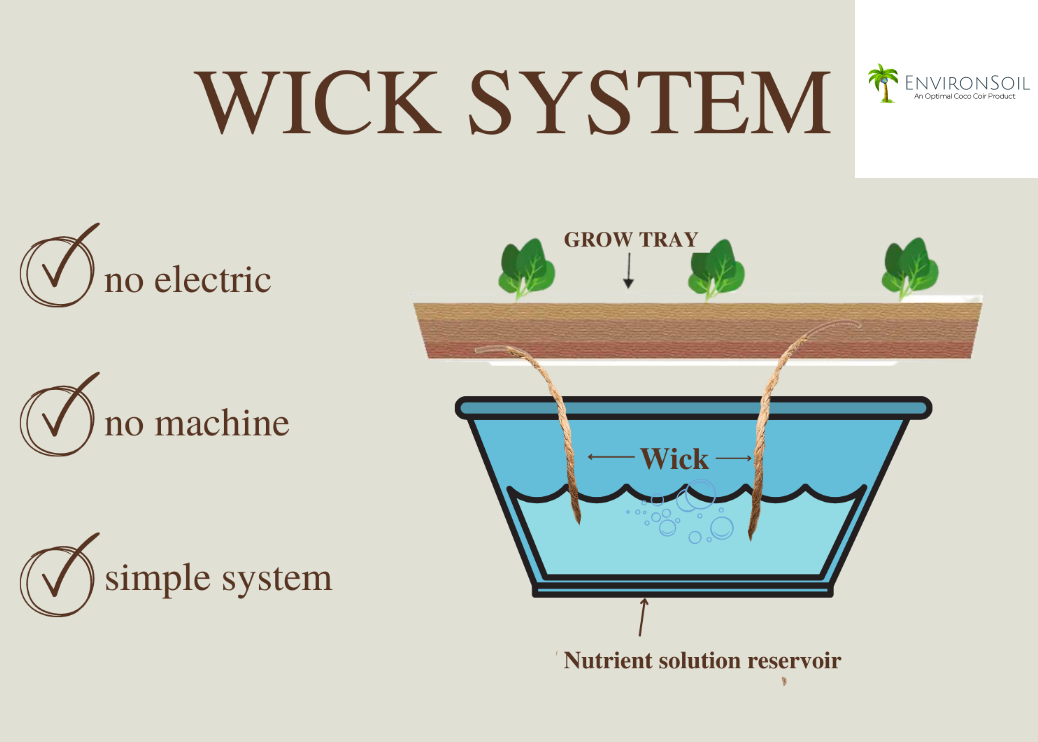
Growing with a hydroponic system makes it possible to control the environment, thereby reducing many risk factors. For example, reducing fungal diseases in the soil that can infect plants or reducing other infestations: wild animals can steal vegetables from your nine gardens, or pests like locusts can crop attack. Hydroponics systems end the limitations of growing plants outdoors and on soil. If there are no negative factors from the environment, the seedlings grown in the hydroponic system will grow better.
There are hundreds of hydroponic methods, but all are variations or combinations of the six basic hydroponic systems. The following EnvironSoil information will help you learn about these systems:
Deep water culture system means that a plant suspends in aerated water. The DWC system hangs netted planters over a deep tank of an oxygen-rich nutrient solution. Plant roots are submerged in solution, providing long-term access to nutrients, water and oxygen.






Building a nutrient curtain system requires the following basic components:
The water pump will dissolve the nutrients up the pipes already attached to the plants and the nutrients will flow continuously through the roots. The hydroponic solution will be continuously pumped to the high end and automatically flows to the low end according to the slope of the growing tube. Helps the whole plant get the necessary nutrients and grow well.
Note: For all hydroponic growing systems, there should be always a device to check the pH and EC of the solution as well as the plants.